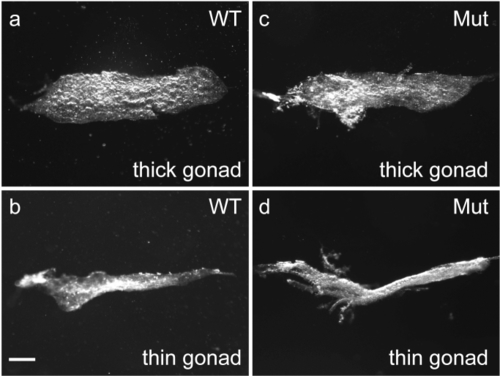- Title
-
Critical roles of the ddx5 gene in zebrafish sex differentiation and oocyte maturation
- Authors
- Sone, R., Taimatsu, K., Ohga, R., Nishimura, T., Tanaka, M., Kawahara, A.
- Source
- Full text @ Sci. Rep.
|
Developmental expression of the |
|
Disruption of the PHENOTYPE:
|
|
Morphology of immature gonads in the PHENOTYPE:
|
|
Dying cells in immature gonads of PHENOTYPE:
|
|
Homozygous adult PHENOTYPE:
|
|
Distribution of the PHENOTYPE:
|
|
Hematoxylin and eosin (HE) staining of gonadal sections. ( PHENOTYPE:
|
|
cAMP concentration relative to the wild-type ovaries. The concentration of cAMP in each ovary (wild-type: n = 4, PHENOTYPE:
|

ZFIN is incorporating published figure images and captions as part of an ongoing project. Figures from some publications have not yet been curated, or are not available for display because of copyright restrictions. PHENOTYPE:
|








